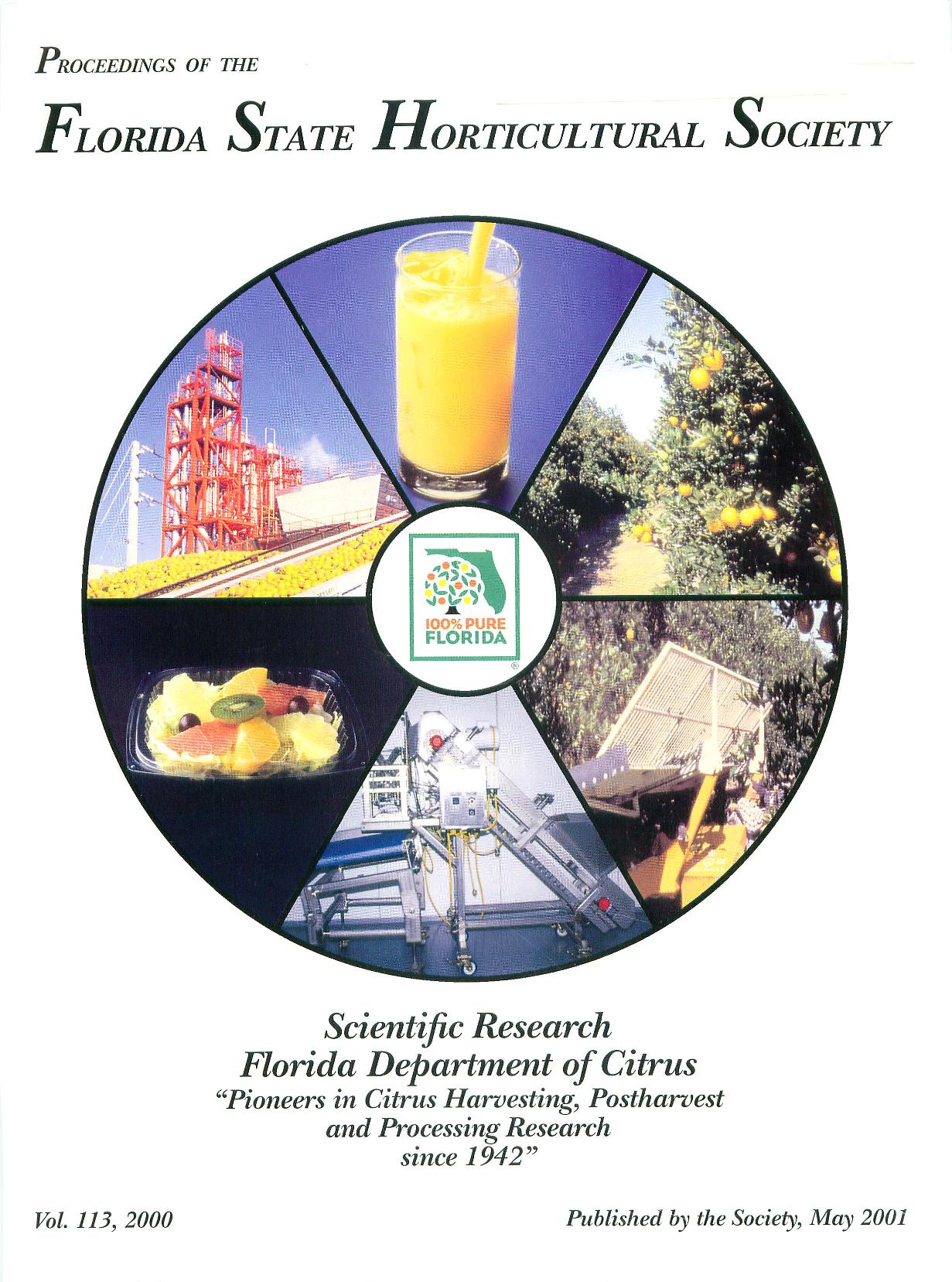Vegetable
Abstract
Tomato yellow leaf curl virus-Is (TYLCV-ls) is a whitefly-transmitted geminivirus that was first recognized in the
Eastern Mediterranean region in 1939 and for the first time in
South Florida in late July 1997. To verify identification of
TYLCV-ls in Florida, the intergenic region and most of coding
regions for both the replication protein (C1) and the pre-coat
protein (V2) of an isolate from Florida were cloned, sequenced,
and the sequences then compared to those of related gemini
virus isolates from other countries in the Genbank database.
Phylogenetic analyses indicated that a TYLCV isolate from
Florida and all other isolates from the New World were related to one another and to an isolate from Israel, consistent with the hypothesis that they were introduced from the Eastern Mediterranean region. Analysis of the deduced amino acid se quences at the N-terminal region (the first 229 amino acid res idues) of the C1 sequence indicated that the TYLCV isolate from Florida is most closely related to a Cuban isolate. Polymerase chain reaction (PCR) was used to survey the host range of TYLCV-ls in South Florida. A total of 1862 plants of more than 76 species in at least 35 families were tested by PCR. Besides tomato (Lycopersicon esculentum), the following species were positive in PCR tests: Acalypha virginica, Amaranthus retroflexus, Begonia sp., Macroptilium lathyroides, Sonchus oleraceus and Nicotiana tabacum. Except for S. olereacus and N. tabacum, these are all newly identified potentially natural hosts for TYLCV.

